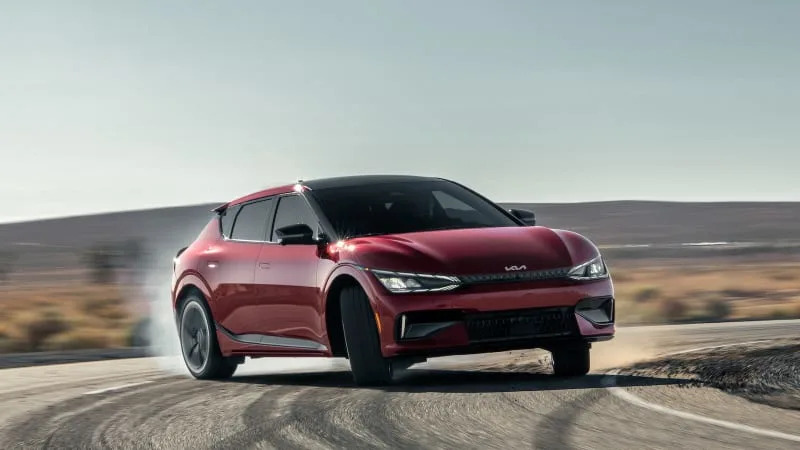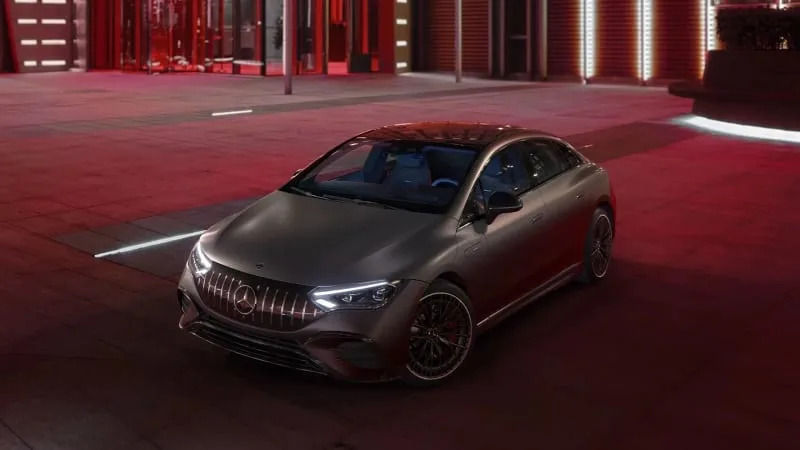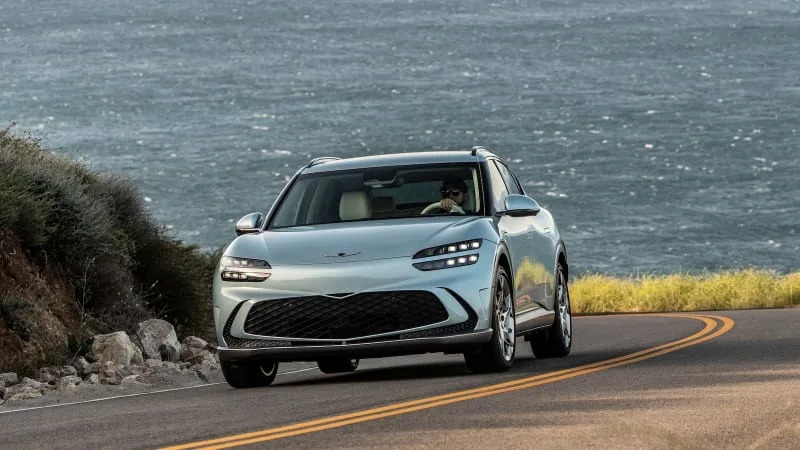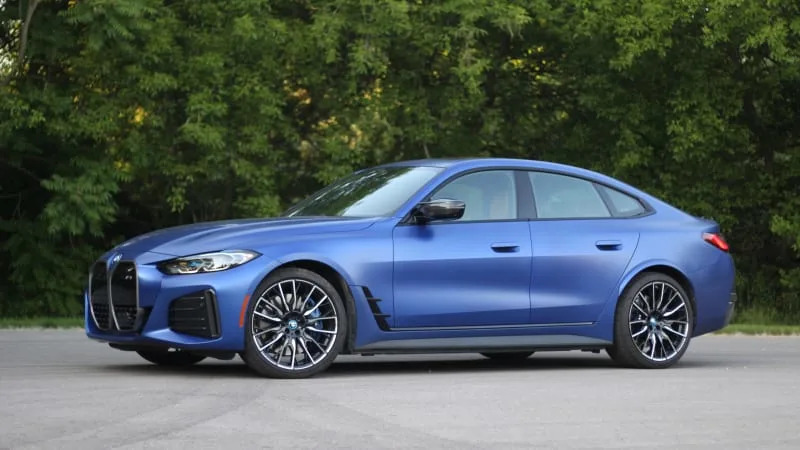Electrification That Thrills: 5 EVs That Pack a Punch
One of the hottest topics among car enthusiasts today is electrification. While some purists lament the shift from roaring gas engines to quieter electric motors, claiming that EVs cannot deliver the same exhilarating driving experience, the truth is more nuanced. Yes, electric vehicles (EVs) may not produce the visceral engine noises some drivers crave, but they also bring an unprecedented level of performance that internal combustion engines simply can’t match. This new era of speed and agility is nothing short of electrifying.
Below, we examine five EVs that prove electric propulsion can be synonymous with driving pleasure, even if none of them wear the Tesla badge. Forget long-range efficiency for a moment – these models are all about thrill and performance.
Porsche Taycan
Porsche has a rich history of crafting some of the most exhilarating driving machines on the planet, and its first foray into the electric world, the Taycan, is no exception. With various models ranging from 375 to an astounding 750 horsepower, thanks to temporary boost mode, the Taycan offers a driving experience that marries classic Porsche aesthetics with cutting-edge technology. The drawback? A starting price of nearly $91,000 makes it an exclusive option, and its range of 242 miles might leave you frequently seeking out fast chargers, which, thankfully, restore 80% battery in just over 22 minutes.
Kia EV6 GT

The notion of a Kia that can out-accelerate many supercars might have seemed laughable a few years ago, but the EV6 GT has turned that notion on its head. With 576 horsepower and 545 pound-feet of torque, this EV rockets from 0-60 mph in just 3.4 seconds and reaches a top speed of 161 mph. Its futuristic styling adds to its allure, but the 206-mile range and higher price tag might deter some buyers. Additionally, its cargo space isn’t as generous as other SUVs in its class.
Mercedes-AMG EQE

With a combination of sleek design, cutting-edge interior tech, and powerful performance, the Mercedes-AMG EQE is a force to be reckoned with. Its dual electric motors deliver 617 horsepower and 701 pound-feet of torque, and the optional AMG Dynamic Plus package boosts these numbers to 677 horsepower and 738 pound-feet. The result? A 0-60 mph time of just 3.2 seconds with the Dynamic Plus pack. However, its 225-mile range and six-figure price tag, coupled with a cramped rear headroom, might make it a tough sell for some.
Genesis GV60

Genesis has brought luxury and performance into the electric age with the GV60. This captivating SUV combines elegant design with a potent powertrain. Buyers can choose between 314 and 429 horsepower variants, with a boost mode available that takes power to 483 horsepower, enabling a 0-60 mph sprint in around four seconds. While its performance metrics are impressive, the GV60’s range peaks at 248 miles for the base version, which is just mediocre in the segment. Rear visibility issues and an interior that doesn’t quite live up to the price tag are additional considerations.
BMW i4

BMW’s signature performance prowess transitions seamlessly into the electric realm with the i4. The M50 variant boasts 536 horsepower and 586 pound-feet of torque, facilitating a blistering 0-60 mph in just 3.7 seconds. It balances this power with a comfortable ride and sharp handling, though it carries a hefty 269-mile range, putting it ahead of many but still behind leaders like Tesla. The car’s sleek design does eat into rear-seat space, but it compensates with ample cargo capacity thanks to its hatchback form.
While the journey toward electrification brings changes and challenges, one thing is clear: EVs are not just about efficiency and sustainability. Performance-focused models like the ones listed above show that electric powertrains can deliver thrills that rival, and sometimes even surpass, their gas-powered counterparts. Whether it’s the striking design, blistering speed, or cutting-edge tech, there’s plenty to be excited about in the future of EVs. And for those not quite ready to fully abandon petrol, an expanding array of hybrids and plug-in hybrids continues to bridge the gap.


